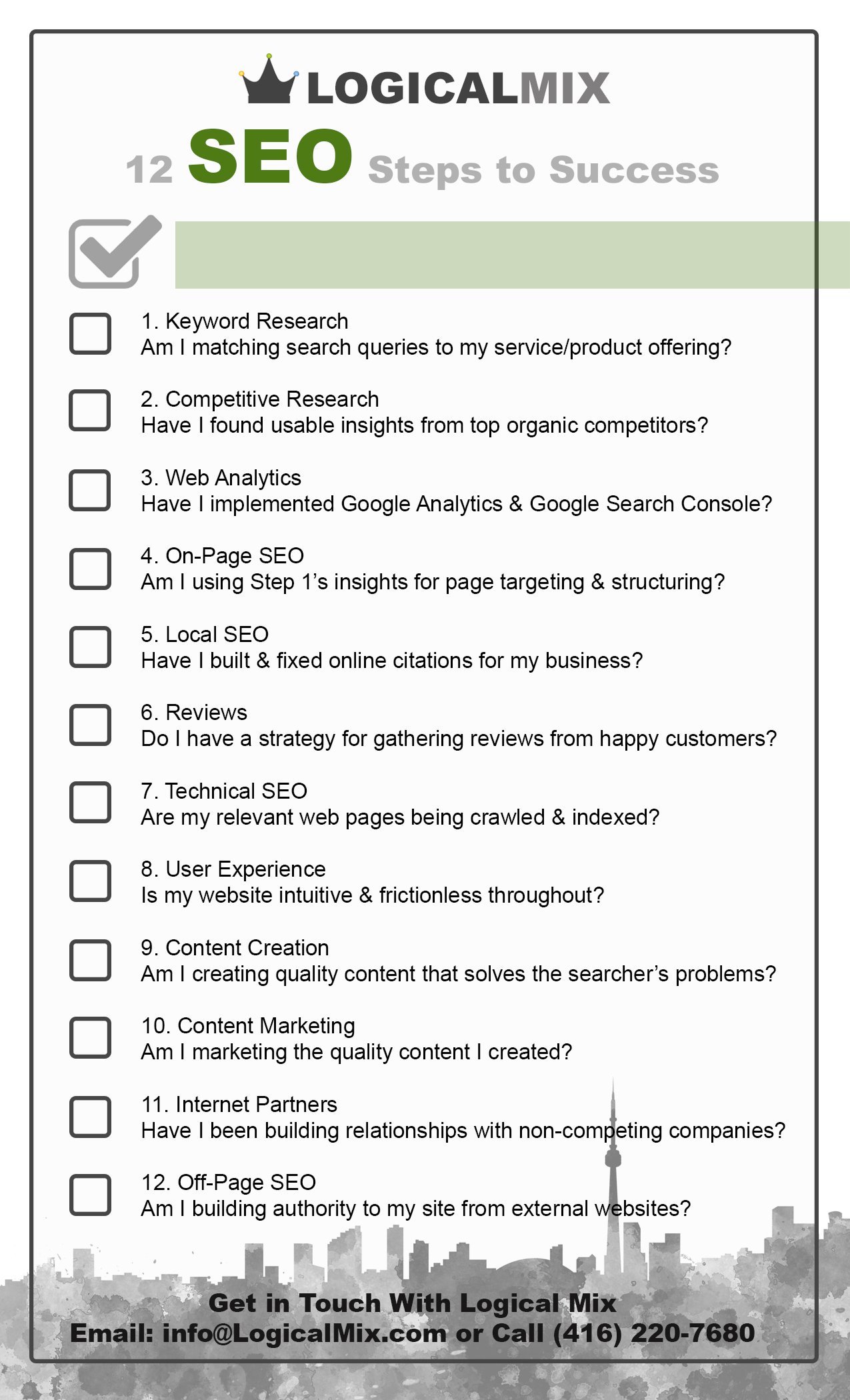Deep Hot Link Guide: Strategies And Techniques For SEO Success
Let me break it down for you real quick, folks. If you're serious about SEO success, deep hot linking is one of those game-changing techniques you need to master. Think of it like a secret weapon in the world of search engine optimization. It's not just about slapping links everywhere—no, no, no. Deep hot linking is an art, and if done right, it can skyrocket your website's visibility, traffic, and rankings. So, buckle up, because we're diving deep into this powerful strategy.
Now, you might be wondering, "What the heck is deep hot linking, and why should I care?" Well, my friend, deep hot linking is all about strategically placing links within the meaty parts of your content—those juicy sections where the real value lies. It’s not just about linking to your homepage or random pages; it’s about connecting users to the most relevant, high-value content on your site. And guess what? Search engines love it.
But here's the thing: it's not as simple as throwing links around like confetti. You gotta know the tricks, the strategies, and the techniques that make deep hot linking work like a charm. That's where this guide comes in. Whether you're a newbie trying to wrap your head around SEO or a seasoned pro looking to refine your skills, this deep hot link guide has got your back. So, let's get started, shall we?
If you're ready to boost your SEO game and dominate the search rankings, stick around. We're about to drop some serious knowledge on you.
What is Deep Hot Linking All About?
Alright, let's get technical for a sec, but don’t worry, I’ll keep it simple. Deep hot linking is the practice of embedding links deep within your content, specifically in the body of your articles, blog posts, or web pages. These links point to other valuable resources on your site, creating a web of interconnected content that search engines absolutely adore.
But why does it matter? Well, search engines like Google use links as signals to determine the relevance and authority of your site. When you strategically place deep hot links, you're essentially telling Google, "Hey, this content is important, and here's where you can find more related stuff." It’s like leaving breadcrumbs for both users and search engines to follow.
- Fahrrad Sattelsttze Montage Einstellung Amp Komforttipps
- Rita Russek Ehe Filme Mehr Das Musst Du Wissen
Why Deep Hot Linking is Crucial for SEO
Here's the deal: if you want your site to rank higher in search results, deep hot linking is non-negotiable. It helps improve your site's internal linking structure, which is a key factor in SEO. By linking to relevant pages within your site, you're helping search engine crawlers discover and index your content faster. Plus, it keeps users engaged by guiding them to more informative or interesting content.
And let’s not forget about user experience (UX). Deep hot linking enhances navigation, making it easier for users to find what they’re looking for. When users spend more time on your site and click through to other pages, it sends positive signals to search engines, boosting your rankings even further. It's a win-win situation.
Understanding the Importance of Link Placement
Now, here's where things get interesting. The placement of your deep hot links can make or break your SEO efforts. You don’t just want to slap a link in the middle of a paragraph and call it a day. No way. The key is to place links in a way that feels natural and adds value to the content.
For instance, if you're writing about "deep hot link guide strategies," you might want to link to a related article on "SEO techniques for beginners." But here's the trick: the link should be placed in a sentence that naturally flows with the rest of the content. It should feel like it belongs there, not like it was force-fed into the text.
Best Practices for Link Placement
Let’s break it down into simple steps:
- Use descriptive anchor text that clearly indicates where the link will take the user.
- Place links near the beginning or middle of your content, where users are most engaged.
- Avoid overloading your content with links—quality over quantity, always.
- Make sure the linked content is relevant and adds value to the user’s experience.
By following these best practices, you’ll ensure that your deep hot links not only boost your SEO but also enhance the overall user experience.
Top Strategies for Deep Hot Linking
Alright, let’s dive into the nitty-gritty. Here are some top strategies you can use to make your deep hot linking efforts more effective:
1. Build a Solid Internal Linking Structure
Your internal linking structure is the backbone of your deep hot linking strategy. Think of it like a map that guides users and search engines through your site. Start by identifying your most valuable content and create links that lead to these pages from other relevant articles or blog posts.
For example, if you have a comprehensive guide on "deep hot link guide strategies," make sure to link to it from other articles that discuss SEO techniques. This not only helps users find your best content but also signals to search engines that these pages are important.
2. Use Long-Tail Keywords in Anchor Text
Anchor text is the visible part of a link that users click on. When it comes to deep hot linking, using long-tail keywords in your anchor text can significantly boost your SEO efforts. Long-tail keywords are more specific and targeted, making them easier to rank for.
For instance, instead of using generic anchor text like "click here," try something like "deep hot link strategies for SEO success." This not only helps with rankings but also gives users a clear idea of what to expect when they click the link.
3. Link to Fresh and Relevant Content
One of the biggest mistakes people make is linking to outdated or irrelevant content. Always make sure the pages you’re linking to are fresh, up-to-date, and relevant to the current topic. This not only improves user experience but also keeps search engines happy.
If you're writing about "deep hot link techniques," link to articles or blog posts that discuss the latest trends and strategies in SEO. This shows that your site is current and authoritative in the field.
Techniques for Effective Deep Hot Linking
Now that you know the strategies, let’s talk about the techniques. Here are some practical tips you can use to implement deep hot linking effectively:
1. Create a Content Map
Before you start linking, create a content map that outlines all the pages and articles on your site. This will help you identify which pages are most relevant and valuable, and where you can place deep hot links.
Think of your content map as a treasure map, guiding you to the most valuable content on your site. Use it to plan your linking strategy and ensure that every link adds value to both users and search engines.
2. Use Contextual Links
Contextual links are links that are placed within the context of the content. These links feel natural and seamless, enhancing the user experience. For example, if you're discussing "deep hot link guide techniques," you might link to a related article on "how to optimize your website for search engines" within the same paragraph.
Contextual links not only improve SEO but also make your content more engaging and informative.
3. Monitor and Update Links Regularly
Just like anything else in SEO, deep hot linking requires regular monitoring and updates. Make it a habit to review your links periodically and update them as needed. If a page is no longer relevant or has been updated, make sure to adjust your links accordingly.
This ensures that your site remains fresh and authoritative, keeping both users and search engines happy.
Measuring the Success of Your Deep Hot Linking Efforts
Now that you’ve implemented your deep hot linking strategy, it’s time to measure its success. Here are some key metrics you can use to gauge the effectiveness of your efforts:
1. Traffic and Engagement Metrics
Keep an eye on your site’s traffic and engagement metrics. Are users spending more time on your site? Are they clicking through to other pages? These are all signs that your deep hot linking strategy is working.
Tools like Google Analytics can help you track these metrics and identify areas for improvement.
2. Search Engine Rankings
Monitor your site’s search engine rankings for the keywords you’re targeting. If you’ve implemented deep hot linking correctly, you should see improvements in your rankings over time.
Remember, SEO is a long-term game, so don’t expect overnight results. Stick with it, and you’ll see the rewards.
3. User Feedback
Don’t underestimate the power of user feedback. Pay attention to comments, reviews, and social media mentions. If users are praising your content and linking structure, you’re on the right track.
Encourage users to leave feedback by including a call to action at the end of your articles. For example, you might say, "Let us know what you think of our deep hot link guide strategies in the comments below!"
Common Mistakes to Avoid in Deep Hot Linking
Even the best SEO strategies can go wrong if you’re not careful. Here are some common mistakes to avoid when implementing deep hot linking:
1. Overloading Your Content with Links
More is not always better. Overloading your content with links can make it look spammy and hurt your SEO efforts. Stick to quality over quantity, and only include links that add value to the content.
2. Using Irrelevant Anchor Text
Anchor text is crucial in deep hot linking, so make sure it’s relevant and descriptive. Avoid using generic phrases like "click here" or "read more" as anchor text. Instead, use keywords that clearly indicate where the link will take the user.
3. Neglecting Mobile Users
With more and more users accessing the web on mobile devices, it’s important to ensure that your deep hot links are mobile-friendly. Test your site on different devices to make sure links are easy to click and navigate.
Conclusion: Take Your SEO to the Next Level
So, there you have it, folks. Deep hot linking is a powerful SEO technique that, when done right, can take your site to the next level. By strategically placing links within your content, you can improve your site’s visibility, traffic, and rankings while enhancing the overall user experience.
Remember, the key to successful deep hot linking is quality over quantity. Focus on creating valuable, relevant content and linking to it in a way that feels natural and seamless. And don’t forget to monitor your efforts regularly, making adjustments as needed to ensure long-term success.
Now, it’s your turn. Take what you’ve learned and start implementing these strategies and techniques in your own SEO efforts. And if you found this deep hot link guide helpful, don’t hesitate to share it with others or leave a comment below. Let’s keep the conversation going!
Daftar Isi
- What is Deep Hot Linking All About?
- Understanding the Importance of Link Placement
- Top Strategies for Deep Hot Linking
- Techniques for Effective Deep Hot Linking
- Measuring the Success of Your Deep Hot Linking Efforts
- Common Mistakes to Avoid in Deep Hot Linking
Subheading Links
- Why Deep Hot Linking is Crucial for SEO
- Best Practices for Link Placement
- Build a Solid Internal Linking Structure
- Use Long-Tail Keywords in Anchor Text
- Link to Fresh and Relevant Content
- Questism Alles Ber Den Webcomic Gamingabenteuer Jetzt Lesen
- Amber Marija Was Sie Ber Goran Ivanisevics Tochter Wissen Mssen

20 Best SEO Strategies for Success in 2019
![SEO Techniques and Strategies For 2017 [infographic]](https://www.iblogzone.com/wp-content/uploads/2017/03/SEO-Techniques-and-Strategies-2017-infographic.jpg)
SEO Techniques and Strategies For 2017 [infographic]

12 SEO Steps to Success by Logical Mix in Whitby